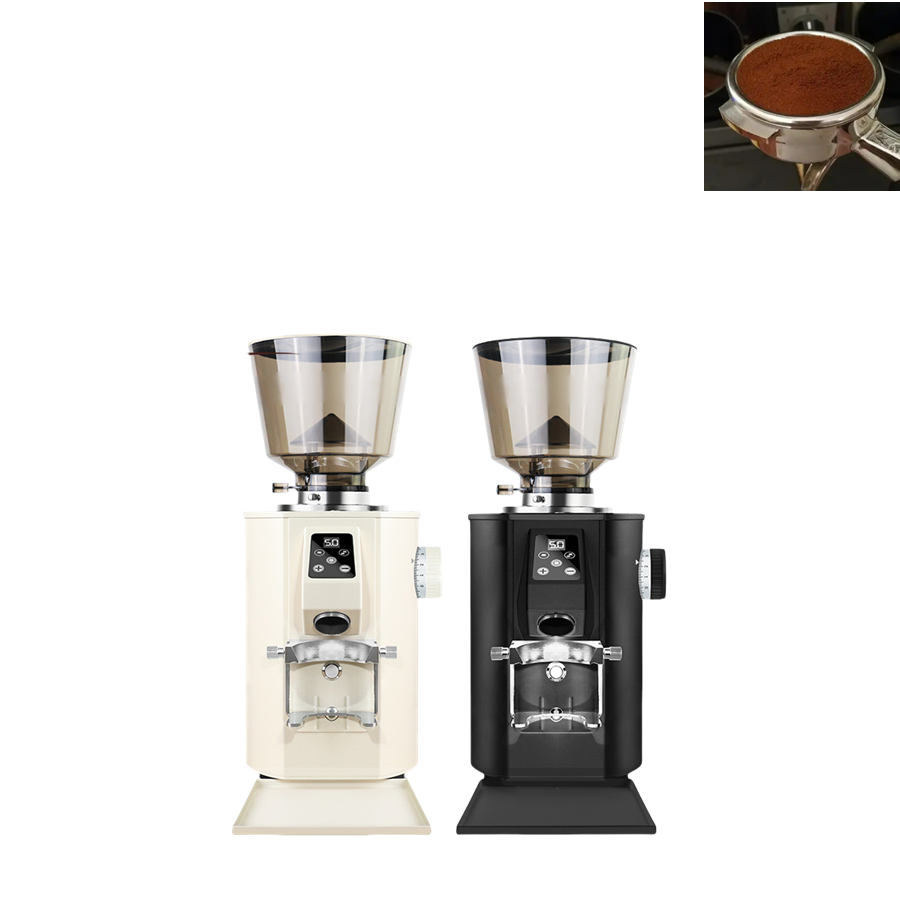In commercial baking, the precise control of direct flame heating requires coordinated operations from multiple aspects such as temperature, airflow, and baking stages, as follows:
Temperature control
When heated directly over a fire, the flame comes into direct contact with the coffee beans, so the roaster needs to manually adjust the size and distance of the flame to control the temperature and time. This requires roasters to have rich experience and skills to ensure that the coffee beans are heated evenly and avoid overroasting or underroasting.
During the roasting process, it is necessary to closely monitor the temperature changes and adjust the heat in a timely manner according to the roasting stage and the state of the coffee beans. For example, in the early stage of roasting, the heat can be slightly higher to quickly raise the temperature of the coffee beans; In the later stage of roasting, the heat should be reduced to prevent the coffee beans from being over-roasted.
Airflow control
Direct-fired baking machines are usually equipped with smoke exhaust devices to remove the smoke and silver skin produced during the baking process. The magnitude and direction of the airflow will affect the uniformity of heating and roasting effect of coffee beans.
During the roasting process, the airflow needs to be adjusted in a timely manner according to the roasting stage and the state of the coffee beans. For example, in the early stage of roasting, a relatively small airflow can be maintained to prevent the coffee beans from dehydrating too early; In the later stage of roasting, it is necessary to increase the airflow to expel the smoke and silver skin produced, and at the same time help the coffee beans heat evenly.
Baking stage control:
The direct fire heating baking process usually includes stages such as preheating, dehydration, baking and cooling. Each stage has its specific temperature and time requirements, which need to be precisely controlled by bakers.
During the preheating stage, the baking machine needs to be preheated to an appropriate temperature to prepare for the subsequent baking process. During the dehydration stage, it is necessary to control the temperature and airflow to remove the moisture from the coffee beans. During the roasting stage, the heat and airflow need to be adjusted in a timely manner according to the type of coffee beans and the required roasting degree. During the cooling stage, the coffee beans need to be rapidly cooled to room temperature to fix their flavor and aroma.
Safety and Monitoring
When using a direct flame heating baking machine, safety should be noted to avoid direct contact of the flame with flammable materials outside the baking machine. At the same time, it is necessary to regularly inspect all components of the baking machine to ensure its normal operation.
During the roasting process, monitoring tools such as thermometers can be used to monitor the temperature of the roasting machine and the condition of the coffee beans in real time, so as to adjust the roasting parameters in a timely manner.


